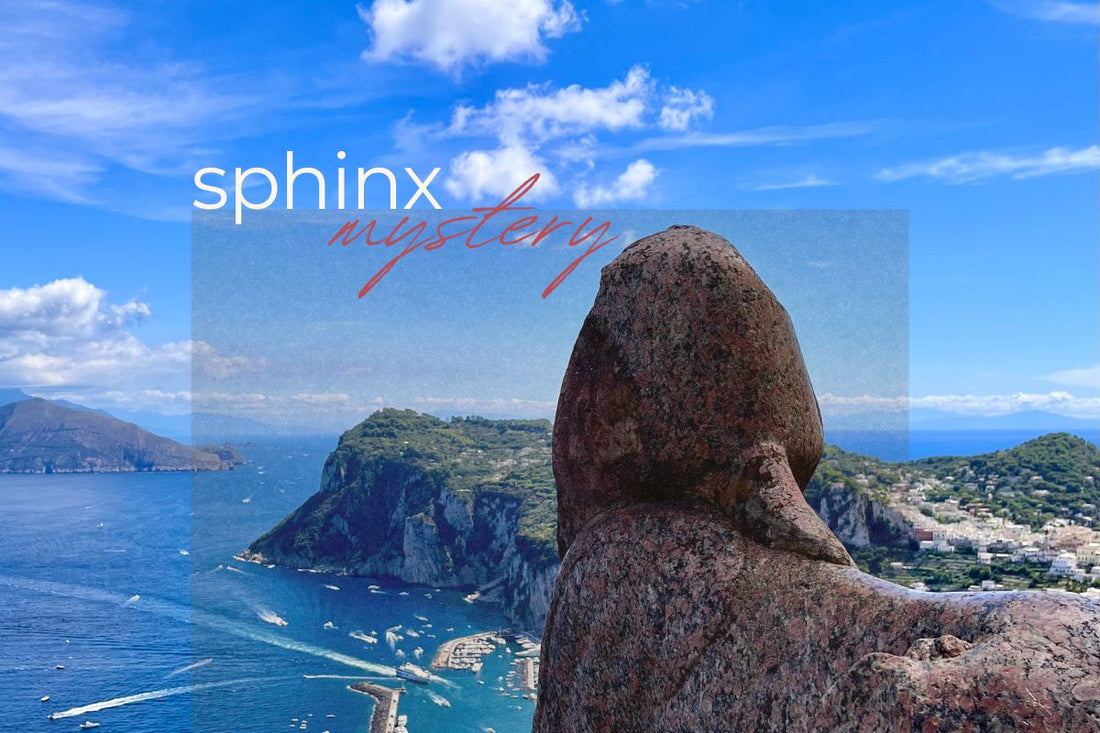
Villa San Michele and The Mystery of the Sphinx
“I dreamt of the sphinx looking forever towards the East, towards the rising sun.”
Axel Munthe's words are a true reflection of his legacy, a man whose life blurs the boundaries between reality and fantasy.

The sphinx has a prized position in the gardens of Villa San Michele, perched on the edge of the cliff, overlooking the port of Capri and the bay. Carved out of red granite, it is estimated to be over three millennia old. However, nobody really knows where or how he acquired it, or how it got there.
"I dreamt of my house on the hill, of its loggias open to the sun and the sea, of its colonnades and its terraces suspended over the blue gulf of Naples."

We visited Villa San Michele during the summer. The blue of the bay of Naples and the silhouette of Mount Vesuvius dominate the vistas from the loggia. The wisteria pergola leading to the sphinx is an extension of the house: Munthe would sit here with his guests in the shade of the pergola.

Munthe was a 19th-century Swedish physician, but villa, in Capri, is proof that he was a true Renaissance man. Although not a trained architect, his instincts for creating evocative spaces are impressive. He was not afraid to mix different architectural styles to create something unique. The interior is shaped by vaulted ceilings on top of white walls and arched colonnades. While these are typical elements of local Capri architecture, the overall plan of the house, with the internal courtyard, is arranged as a Roman domus, the archetype of a Roman home.

The interior houses artefacts that he collected through his life, some original, others copies; their provenance had little importance to him. His philosophy was to create an environment that stimulates not only the physical senses but also the imagination and the memory.
At BLUEMATERIALS, we resonate with his philosophy. We create objects that evoke memory and stimulate the imagination. Aesthetic elements that tell a story and become points of reference.
